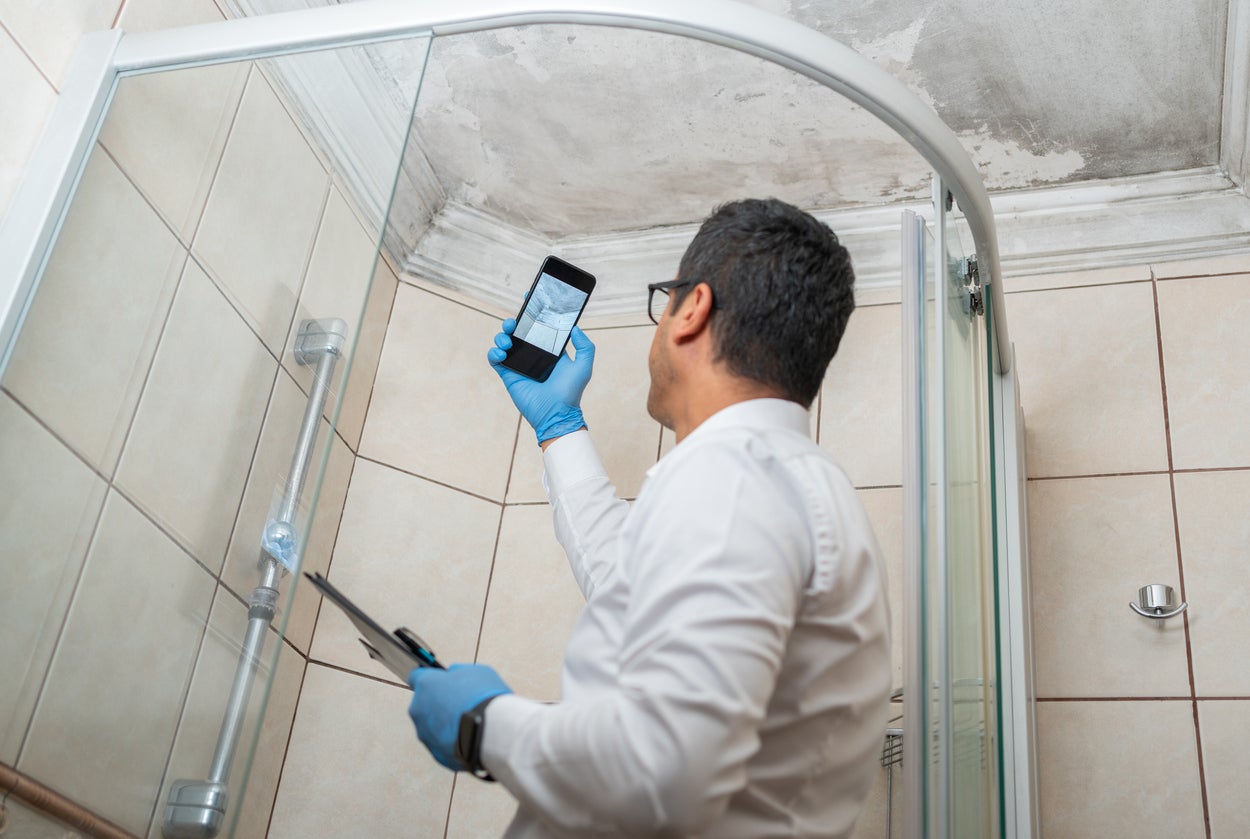Effective Message Mold And Mildew Removal Solutions for Your Home
Mold and mildew development in homes can be a consistent concern, frequently calling for an organized method for reliable post-remediation services. From understanding the variables that add to mold and mildew growth to implementing proper cleaning strategies and dampness control procedures, the procedure can be elaborate yet crucial for preserving a healthy and balanced living environment. Additionally, exploring natural remediation services and developing a regular for recurring maintenance are essential parts of a thorough mold and mildew removal method. As house owners aim to address mold problems, discovering the most effective remedies ends up being paramount for the health of their houses.
Recognizing Mold Growth Variables
The key variable contributing to mold development is dampness. Mold spores need wetness to germinate and grow, making damp or wet settings very vulnerable to mold invasions.

Moreover, airflow and light direct exposure can impact mold and mildew growth. Areas that do not have proper air flow and natural light are extra susceptible to mold growth. By attending to these elements comprehensively, people can successfully reduce mold development and safeguard their living settings.
Correct Mold And Mildew Cleansing Strategies
Making use of reliable cleansing techniques is crucial in preventing the reappearance and resolving of mold and mildew contamination in interior atmospheres. The first step in proper mold cleansing is to contain the damaged location to stop the spread of spores to uncontaminated locations.

Executing Wetness Control Actions
To successfully stop mold growth and contamination in indoor atmospheres, executing dampness control procedures is paramount. In addition, guaranteeing correct ventilation in areas prone to moisture build-up, such as kitchen areas and washrooms, can assist lower the risk of mold and mildew development. By diligently carrying out these wetness control procedures, homeowners can successfully lower the likelihood of mold recontamination and keep a healthy and balanced indoor environment.
Using All-natural Remediation Solutions
After successfully implementing dampness control procedures to avoid mold development in indoor environments, home owners can currently explore the effectiveness of natural remediation services in preserving a healthy living space. Natural remediation options utilize eco friendly approaches to deal with mold and mold, making them a prominent fast mold removal mmr option for those looking for non-toxic choices. By integrating these all-natural remediation solutions right into their cleaning regimens, house owners can efficiently battle mold development while promoting a much healthier indoor setting for themselves and their families.

Preserving a Mold-Free Setting
Frequently examining areas vulnerable to mold and mildew growth, such as restrooms, attics, basements, and cooking areas, is vital. Appropriate air flow in locations with high humidity degrees is also vital to protecting against mold development.
Furthermore, keeping tidiness in the home is essential for mold and mildew avoidance. Maintaining indoor plants in check and ensuring proper drain in over at this website exterior landscape design can decrease moisture accumulation, lowering the likelihood of mold and mildew problems.
Final Thought
To conclude, it is vital to deal with mold and mildew growth variables, use appropriate cleansing methods, apply wetness control measures, use natural removal solutions, and preserve a mold-free atmosphere in order to successfully handle message mold and mildew remediation in your home - After mold remediation. By complying with these approaches, you can prevent mold from reoccuring and guarantee a healthy and balanced living setting for you and your family
The main variable adding to mold growth is wetness. Mold and mildew spores call for dampness to germinate and flourish, making wet or moist atmospheres extremely at risk to mold and mildew infestations.To efficiently avoid mold development and contamination in interior settings, applying dampness go to this site control measures is critical. Furthermore, making sure appropriate air flow in locations susceptible to moisture build-up, such as kitchens and bathrooms, can help reduce the risk of mold growth.After efficiently implementing moisture control measures to prevent mold development in indoor environments, property owners can now explore the performance of all-natural removal remedies in keeping a healthy and balanced living room.
Comments on “Testing Air Quality After Mold Remediation”